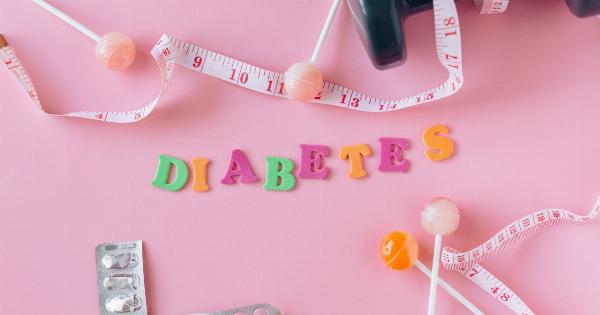Childhood obesity has become a significant health concern in recent years, with the prevalence of overweight and obese children steadily rising. This alarming trend has raised concerns among parents, healthcare professionals, and policymakers.
In this article, we will explore what childhood obesity is, its causes, its consequences, and what can be done to prevent and treat it.
The Definition of Childhood Obesity
Childhood obesity is defined as having a body mass index (BMI) at or above the 95th percentile for children of the same age and sex. BMI is calculated by dividing a child’s weight in kilograms by the square of their height in meters.
It is an indicator of excess body fat and can be used as a screening tool to identify children who may be at risk of obesity.
The Causes of Childhood Obesity
Childhood obesity is a complex issue with multiple contributing factors. The most common causes include:.
- Unhealthy Diet: Consuming foods high in calories, sugar, and fat, such as fast food, sugary drinks, snacks, and processed foods, can contribute to weight gain and obesity.
- Sedentary Lifestyle: Lack of physical activity and excessive screen time, such as watching television or playing video games, can lead to weight gain and obesity.
- Genetics: Some children may be genetically predisposed to obesity, making it harder for them to maintain a healthy weight.
- Family and Environmental Factors: Factors such as parental obesity, socioeconomic status, and the availability of healthy food options can influence a child’s risk of obesity.
The Consequences of Childhood Obesity
Childhood obesity can have serious consequences on both physical and mental health. Some of the potential consequences include:.
- Type 2 Diabetes: Obese children are at a higher risk of developing type 2 diabetes, a chronic condition that affects how the body metabolizes sugar.
- Heart Disease: Obesity increases the risk of high blood pressure, high cholesterol levels, and heart disease in children and later in adulthood.
- Joint Problems: Excess weight puts additional stress on the joints, leading to joint pain and an increased risk of developing conditions such as osteoarthritis.
- Psychological Effects: Children with obesity may experience low self-esteem, depression, and social isolation due to body image issues and bullying.
Preventing and Treating Childhood Obesity
Prevention and early intervention are crucial in addressing childhood obesity. Here are some strategies that can be effective:.
- Promoting Healthy Eating Habits: Encouraging the consumption of a balanced diet rich in fruits, vegetables, whole grains, and lean proteins.
- Increasing Physical Activity: Encouraging regular physical activity through activities that children enjoy, such as sports, dance, or walking.
- Limiting Screen Time: Setting limits on screen time and encouraging outdoor play and other forms of active recreation.
- Creating Supportive Environments: Collaborating with schools, communities, and policymakers to provide healthier food options and safe places for physical activity.
- Family Involvement: Involving the whole family in adopting healthier habits can positively impact a child’s weight and overall health.
Conclusion
Childhood obesity is a significant public health concern that requires urgent attention. It is influenced by a combination of factors, including diet, physical activity levels, genetics, and the environment.
The consequences of obesity can be severe and long-lasting. However, by implementing prevention strategies and providing support for affected children and their families, we can work towards reducing the prevalence of childhood obesity and improving the overall health and well-being of our future generations.































